Low-Pass vs. High-Pass LC Filters: What’s the Difference and When to Use Each?
Understanding LC Filters LC filters, which consist of inductors (L) and capacitors (C), are fundamental components in electronic circuits that serve the essential purpose of filtering signals based on their frequency. They play a crucial role in managing the flow of alternating current (AC), allowing certain frequencies to pass while attenuating others. The operation of …
Low-Pass vs. High-Pass LC Filters: What’s the Difference and When to Use Each? Read More »
